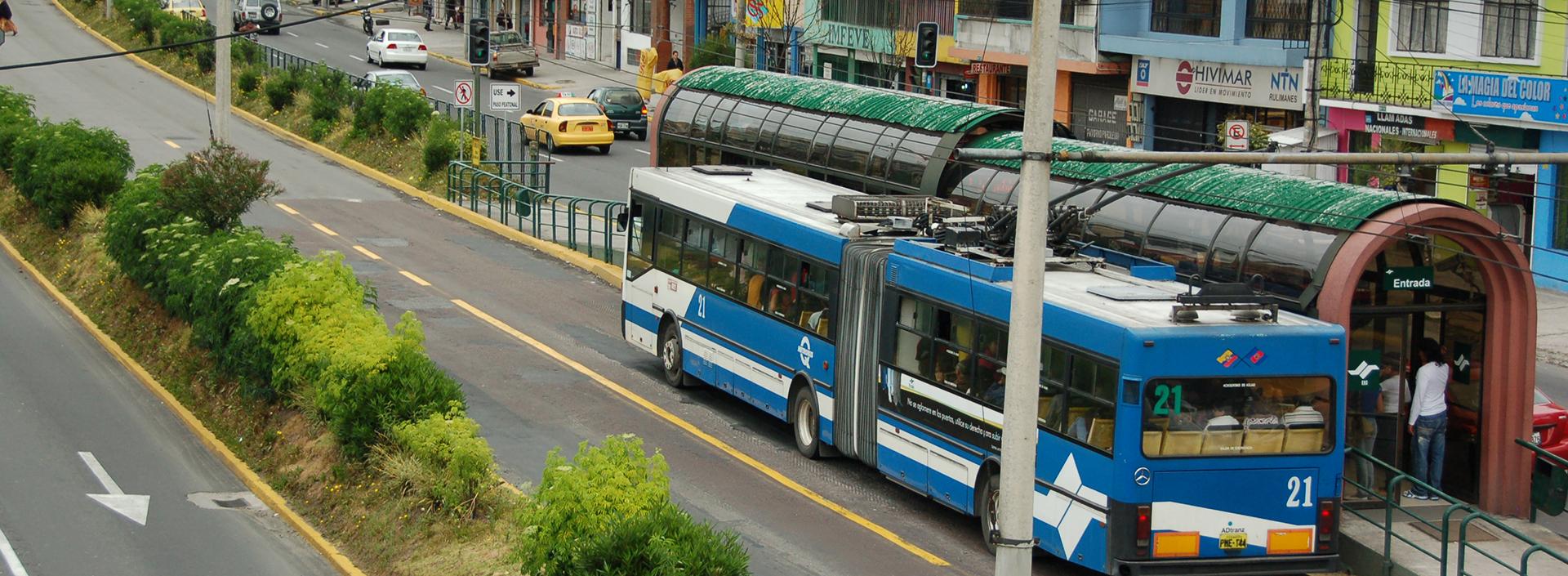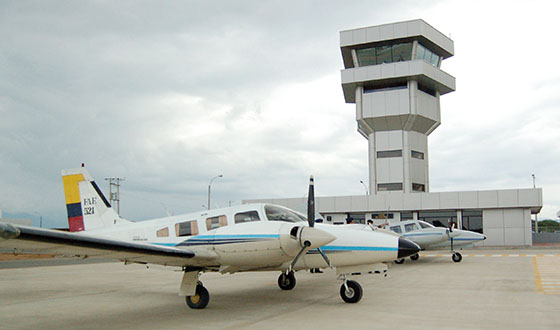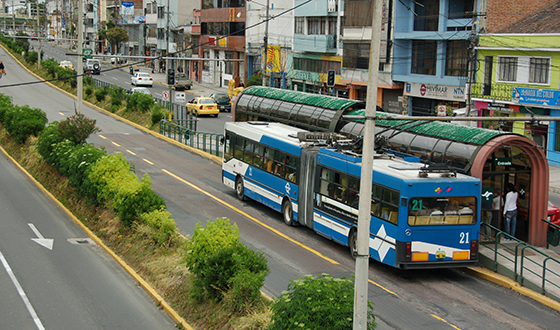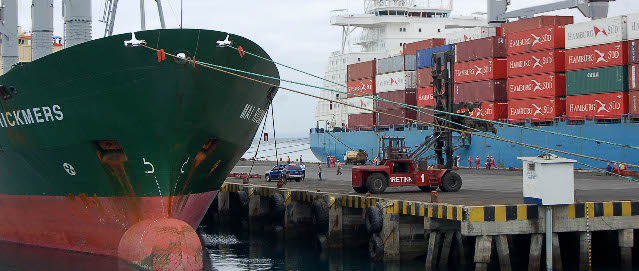A comprehensive and hierarchical road system
The Ecuador national road network directly serves all urban areas and their 50,000 inhabitants, reaching 82% of the country’s population. Although the coverage is extensive, some areas of the country are significantly lacking in proper state roads. The PEM plan aims to improve connectivity throughout the whole country, and to establish a series of different hierarchical models which will include access to ports, airports and places of particular interest.
A restructured effective port system
The current scant capacity of the country’s ports requires a solution to cope with future demand (goods traffic will have multiplied by 3.5 by 2036). Ineco carried out a study which addressed the development and structuring of a new maritime, port, and inland waterway system, addressing the needs of oil tanker ports and facilities for vehicles, solid bulk, etc.
Sustainable growth of the airport system
Ineco put forward thirteen proposals for action in the PEM, one of the most important of these being the response to a growth of 10 to 26 million passengers by 2037.Creating greater air transport capacity for Ecuador is a major priority, while at the same time maintaining quality to ensure the sustainable growth of an efficient and competitive system.
A railway for the 21st century
The PEM proposed that the railway should be used as a midterm option for strengthening links with the transport system, providing metropolitan railway corridors for public transport, terminals and junctions or transport material, workshops and systems.
An economical public transport system
Development of the public transport passenger system in an urban context requires a comprehensive study of the system, addressing mobility, infrastructures, operation and funding, in order to develop an ambitious modernisation plan which is professional, competitive and sustainable. Works include preferential or exclusive corridors for urban public transport (650 km) and terminals and interchange stations.
Objective: connecting the country and improving quality of life
Thanks to our contribution to the development of strategic plans in Spain, we have been able to export our knowledge to the whole world, linking up different territories and making them more competitive on land and sea and air, as in the case of the Ecuador Mobility Plan which will connect the country as efficiently as possible using the latest technology.


























